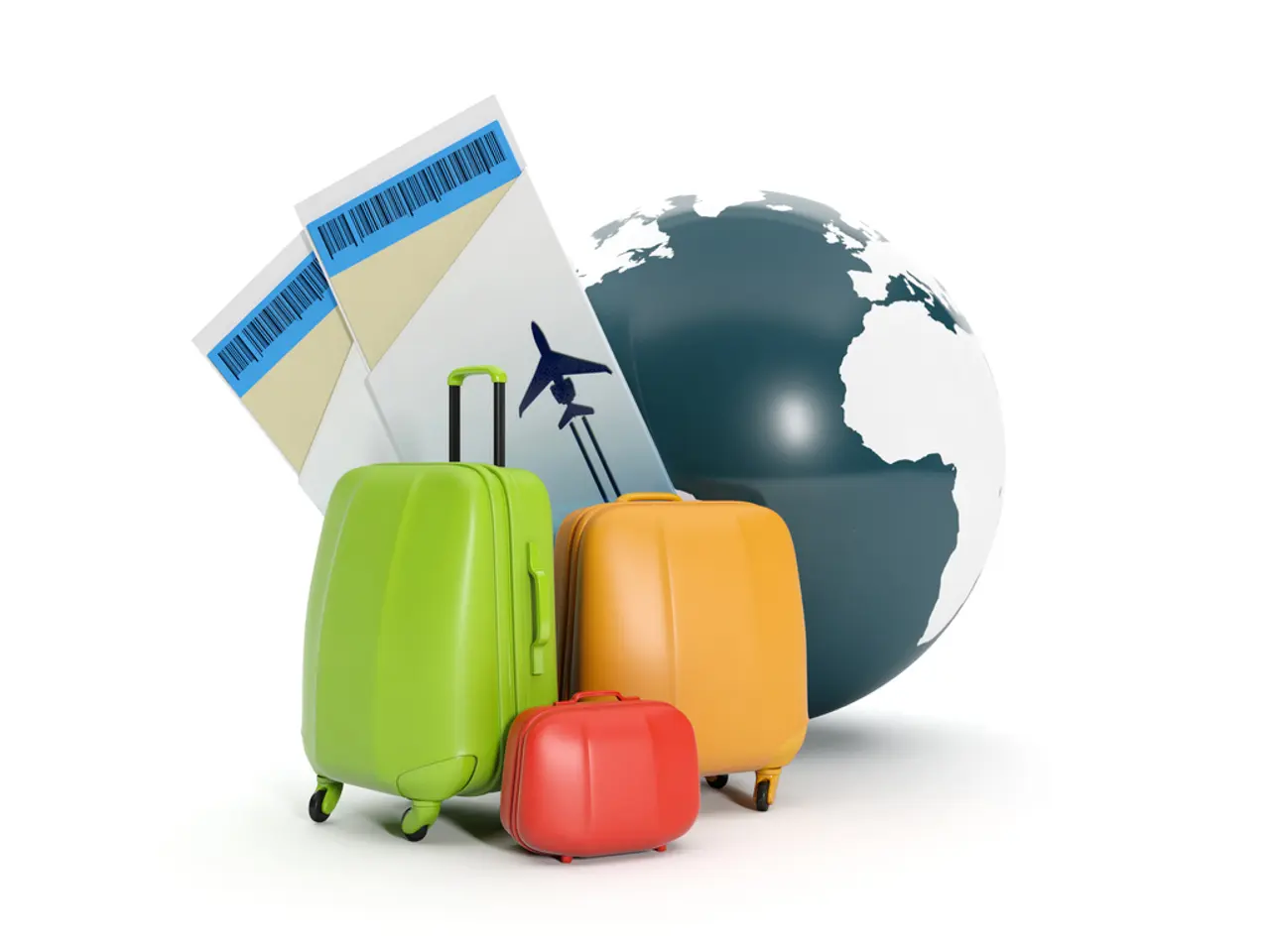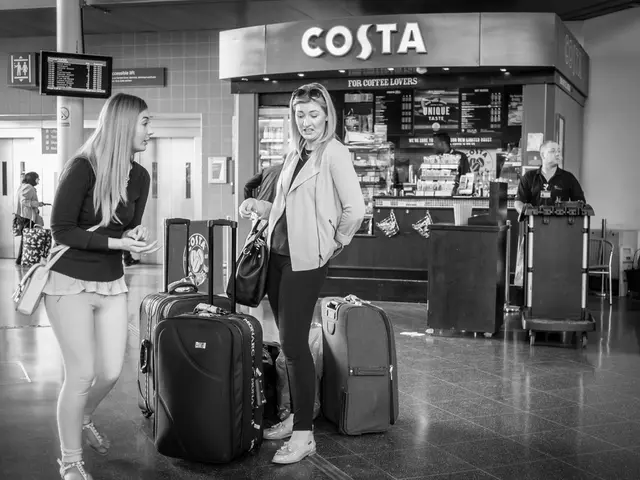Essential Baggage Regulations for Regional Flights
In 2025, air travelers can expect a consistent set of baggage size and weight restrictions across many airlines, creating a de facto global norm. This guide provides an overview of the standard baggage allowances for checked and carry-on luggage, along with some useful tips for efficient packing.
### Checked Luggage
The industry standard maximum size for checked bags is 62 linear inches (158 cm), which is the total of height + width + depth (including wheels and handles). Bags exceeding this are considered oversized and may incur additional fees. Typically, the standard weight allowance for checked luggage in economy class is 50 lbs (23 kg) per bag on many US and international airlines. Oversized or overweight bags may be charged additional fees, and some airlines enforce strict weight limits per piece.
### Carry-On Luggage
Most major airlines have adopted a standard carry-on size around 22" x 14" x 9" (56 x 36 x 23 cm) including wheels and handles. There is a trend towards strict enforcement of these dimensions with automated bag sizers at the airport, so flexibility is minimal. Many US domestic airlines do not have a weight limit for carry-ons, but some international airlines impose limits around 10-22 pounds (4.5-10 kg). Passengers may bring one carry-on bag plus one personal item such as a laptop bag or purse, but lower fare classes can be restricted to just a personal item.
### Tips for Efficient Packing
- Prioritize versatile clothing that can serve multiple purposes to reduce overall packing weight. - Utilize all available space in luggage to increase packing efficiency by up to 10%. - Use packing cubes to maximize space and organization within your luggage. - For toiletries, opt for travel-sized containers and solid alternatives, as many airlines restrict liquids to 3.4 ounces (100 ml) in carry-on luggage. - A digital packing checklist tailored to trip duration and activities can decrease the likelihood of forgetting essential items by up to 40%. - For international flights, the weight cap can differ; for instance, many carriers permit up to 70 pounds (32 kg) on long-haul routes.
### Prohibited Items
Prohibited items in checked bags include lithium batteries exceeding 100 watt-hours, pruners, and most sharp objects. All liquids, gels, and aerosols in hand luggage must be in containers of 100 ml (3.4 oz) or less.
### Miscellaneous Information
- Approximately 30% of travelers report losing checked luggage over a year. - Travelers with prescribed medications are advised to carry a copy of their prescription. - Always label bags with your contact information. - Certain items, such as sports equipment and musical instruments, might require special handling and fees. - Airlines allow passengers one or two pieces of checked luggage, typically weighing up to 50 pounds (23 kg) each. - Seeing laundry options at your destination can lead to a 20% lighter load if laundry facilities are available. - Airlines frequently impose excess baggage fees ranging from $50 to $150 for bags exceeding weight limits or additional items.
In conclusion, understanding the standard baggage size and weight restrictions can help travelers avoid gate-check fees and delays. Always verify your specific airline’s policies before travel to ensure a smooth journey.
Adopting the standard carry-on size for luggage can streamline the travel experience, as many major airlines have a common size of about 22" x 14" x 9" for hand carry bags. Prioritizing lifestyle choices, such as packing versatile and multipurpose clothing, can help minimize the weight of checked luggage and adhere to the industry standard maximum size of 62 linear inches (158 cm).




